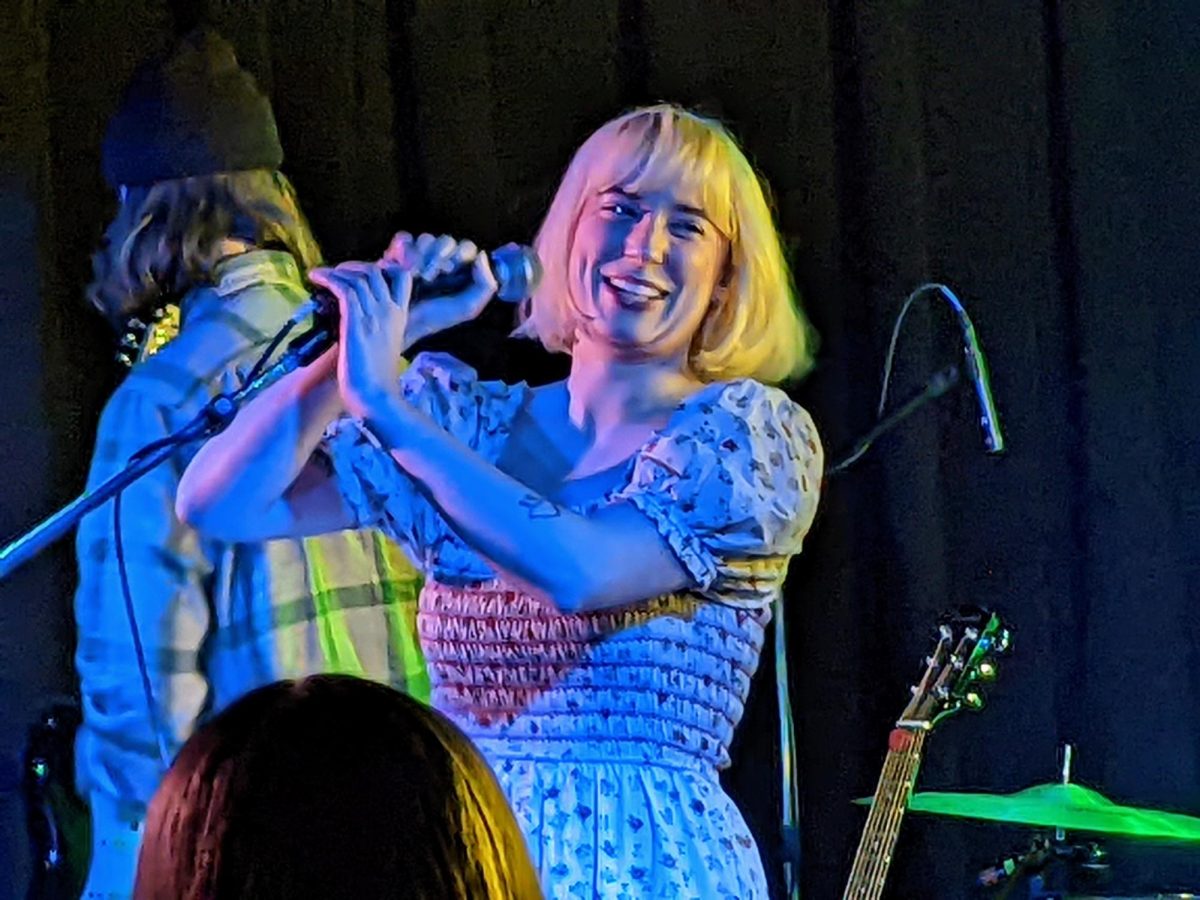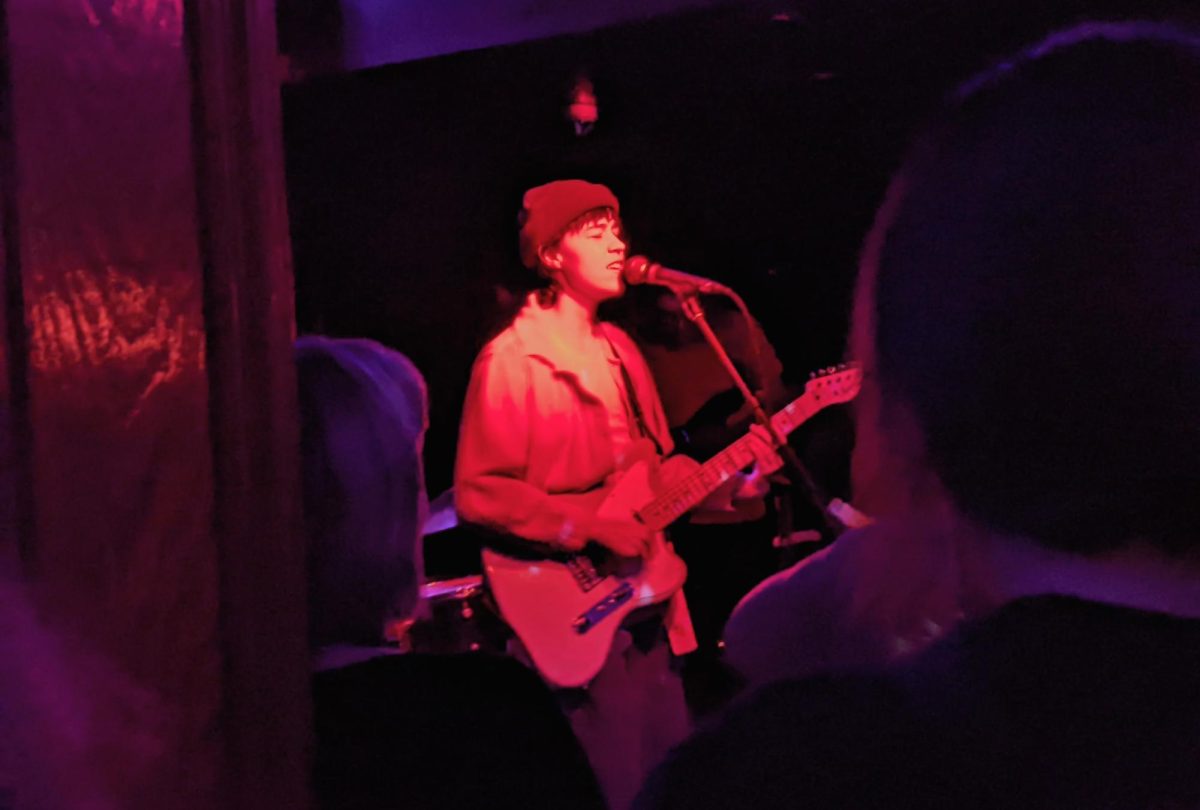A gifted musician. A gourmet cook. A first-rate storyteller and friend. It’s no wonder so many friends liked to drop in on Dave Van Ronk throughout the years. This Sunday, three of those friends (Spider John Koerner, Dakota Dave Hull and Rosalie Sorrels) will pay tribute to the veteran of blues, ragtime and folk music, who passed away Feb. 10 at age 65.
Van Ronk (a.k.a. “The Mayor of MacDougal Street”) was a raspy-voiced singer, songwriter and guitarist whose list of friends read like a who’s who of the 1960s folk revival scene. Tom Paxton, Janis Ian, Ramblin’ Jack Elliot, Bob Dylan Ö in the early days of the “Great Folk Scare” these up-and-coming musicians and countless others were drawn to his Greenwich Village apartment in search of camaraderie, encouragement and sometimes just a place to sack out for the night. Says folk artist John Koerner, who headed from Minneapolis to Rochester, N.Y., in 1962 with the knowledge that Dylan and John Hammond Jr. were there, “This is a guy who was on the ground level of it all.”
Van Ronk’s performing career got underway with a nudge from folk icon Odetta, and soon his home became a hub for tireless young troubadours traveling from coffeehouses and college campuses to folk festivals as if the world was no bigger than the paper on which it was mapped out. Informal jam sessions allowed saplings and savants alike to trade songs and learn new techniques. Dave Hull, who became a close friend and frequent houseguest of Van Ronk’s after running into him at folk festivals in the 1970s, recalls, “We had a little show and tell every time we got together.”
With the living room serving as a classroom, studio and rehearsal hall, the incessant song swapping sometimes made it difficult to determine who was responsible for a particular song’s sound. Introducing “He Was a Friend of Mine” in concert in 1996, Van Ronk declared, “I learned this song from Eric Von Schmidt, who learned it from Dylan, who learned it from me.” Each artist had altered the song so much no one could be certain where credit was due. Twenty years down the road and a bottle of rum later, they were still trying to figure it out.
So while some musicians are quick to chronicle their influences like items on a grocery list, Koerner says this is an impossible task.
“We all just listened to each other. It seeped in through osmosis,” he said.
Hull, on the other hand, professes that Van Ronk had an undeniable influence on his music despite the fact that the two “came at music from different places.” Van Ronk was interested in traditional jazz, blues and classic ragtime music (an avid Scott Joplin fan, he was one of the first folk revivers to write his own rags) while Hull was more immersed in the folk scare and considers himself primarily an instrumentalist.
“My trip to the well,” he asserts, “I got there by a different route.”
Nevertheless, Hull recorded Van Ronk’s “Antelope Rag” and played guitar and arranged tunes for his 1994 release “To All My Friends in Far-Flung Places.” Furthermore, last fall Hull released “Sheridan Square Rag” in honor of Van Ronk, who had been encouraging him to perform more fingerstyle guitar. Because Hull wrote the album’s title song (a reference to the street Van Ronk lived on in Greenwich Village) four years ago, Van Ronk was able to hear it before he died.
“He really dug it,” said Hull. “When Dave passed away, the album became a labor of love and respect.”
So what made Van Ronk so special?
“Dave was a stylist first and foremost,” says Hull. “He would take stuff from anywhere, but in terms of presentation he was chameleon-like. It was his.”
Indeed, as talented a songwriter as Van Ronk was, he remains best known for his unique interpretations of traditional songs.
In addition to the traditional blues, jazz and folk tunes he liked to perform, Van Ronk paid tribute to his sundry musical friends on 1994’s “Far-Flung Places,” covering songs by Joni Mitchell, Randy Newman and Tom Waits, among others.
“He had a strong and eccentric approach to his music,” said Koerner, pointing out that all good musicians are able to take a composition and make it their own.
Anyone who witnessed Van Ronk in concert knows he provided no opportune time to use the restroom or grab a beer. A well-traveled troubadour and a keen observer, he was never at a loss for words. In fact, some of his finest moments came between songs.
During a five-minute postlude to a performance of Brownie McGhee’s “Sportin’ Life Blues,” he described in colorful detail the way he became enamored with the song as a 15-year-old but was afraid he hadn’t paid enough dues to make it credible. For many years he froze up every time he tried to play the song, until one day he screwed up enough courage to perform it for Brownie himself. After acquiring what he refers to as “the good blueskeeping seal of approval,” he turned to the veteran and asked, “Hey, Brownie, how old were you when you wrote that song?” to which Brownie replied, “Fifteen.”
Another of Van Ronk’s affectations was his tendency to not merely sing, but to wail and whisper, clamor and croak, injecting each song with enough authenticity to make you wonder whether there’s anything he hasn’t experienced.
“He was an intellectual,” said Koerner. “He had lots of jokes, lots of anecdotes. He was a growly kind of a guy.”
Adds Hull, “It was tasteful, natural, right Ö never garish.”
But perhaps the truest sign of a man’s character is the wealth of memories that flood the minds of those reflecting on their friend.
“I feel incredibly blessed to have known him,” said Hull. “I find it just impossible to believe that he’s gone sometimes.”
“Remembering Dave Van Ronk,” featuring Rosalie Sorrels, Spider John Koerner and Dakota Dave Hull, will take place at 7:30 p.m., Sunday, Feb. 2, at the Cedar Cultural Center (612/338-2674). $16/$14/$10 student rush.







